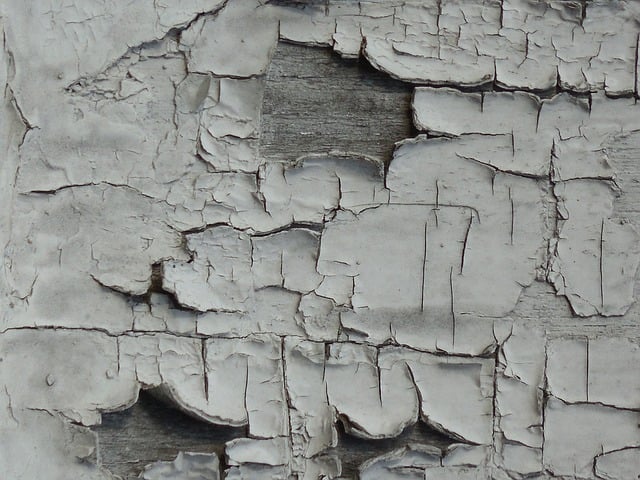What is Lead Abatement?
Most people know and understand what lead is, but you might be wondering what the meaning of “abatement” is. The definition is as follows: A-bate-ment, (noun) the termination, decrease, or weakening of something. When dealing with lead abatement, it refers to diminishing or terminating the harmful material on its surface.
Lead Abatement Training
Lead Abatement is so harsh that its removal is regulated by the United States Government’s Environmental Protection Agency, or EPA.
The EPA’s “Lead Abatement Program” oversees the regulations for the inspection, risk assessment and abatement of lead-based paints for eleven individual states. The remaining states each have a lead abatement program that must be followed. You can find out if your state is governed by the EPA or can be attempted by a private company by going to the EPA’s website.
By making companies go through lead abatement programs, the government ensures the protection and the safety of those working with lead removal. It also ensures that anyone that interacts with any structure where lead is present is protected.
If you suspect that there is lead within a structure, it is best to contact a certified technician to evaluate and test the area first before any work is to be started.
Lead Intrusion Areas
The age of a structure can give you some idea as to the possibility for lead-based paints to be present. One study states many homes with lead contamination were built between 1940 and 1978, according to the EPA.
Those homes that were built previous to 1940 had an 87% chance of having lead paint. Those residences that were constructed within a 28 year time frame of 1940 showed to have a decrease in lead paint use of 69%. Lastly, those homes that were manufactured between 1960 and 1978 showed a drastic drop to 24% likelihood of having any lead paint products within the structure.
If the number of residences that have the possibility of lead within their home is this great, you can imagine how many other commercial and industrial structures out there that have the potential to also be infected with this dangerous contaminant.
The Importance of Lead Abatement
There are countless old buildings that are in existence throughout the United States, and the fact remains that a lot of them still contain lead paint.
When a person is exposed to lead repeatedly, the body will start to suffer side effects. Lead can enter into the body from working or living around lead-based paint and from polluted lead particles that are floating in the air of an affected structure.
Lead poisoning can affect anyone at any stage of life, but it seems to be worse for those that are the most vulnerable, such as small children, the elderly, and those with weakened immune systems.
The World Health Organization states that “Lead in the body is distributed to the brain, liver, kidneys and bones. It is stored in the teeth and bones, where it accumulates over time. Human exposure is usually assessed through the measurement of lead in blood”.
So it is necessary for buildings where there is still lead issues to be taken care of as quickly and safely as possible. Great care must be taken when tackling this problem.
Four Modes of Containment
Lead paint can be contained using any of the following processes:
- Covering the affected area with a specially formulated coating that will enclose the lead. For this process, you do not need to remove the lead, which is safer for the worker.
- To build over the existing affected area with new products.
- Completely clean the surface of any lead products and then re-coat with non-lead paint.
- Gutting the affected area and rebuilding.
If you are thinking about working on a project with lead hazards yourself, you need to stop and ask yourself if you have all of the knowledge and equipment that is required to tackle such an important task.
If the property that you are planning on working is a childcare facility, a school or a home, Federal Laws requires that only certified contractors can do the work! Get a free estimate and question their methods of removal – it’s important that you know the plan moving forward.
An accredited contractor will be able to:
- Assess the problem
- Test the area for lead
- Remove or clean the area
- Repaint or re-coat the affected area
Lead abatement is an important step in controlling the environment of your establishment. Make sure to take it seriously and don’t take the DIY route unless you are certified in it’s removal.







